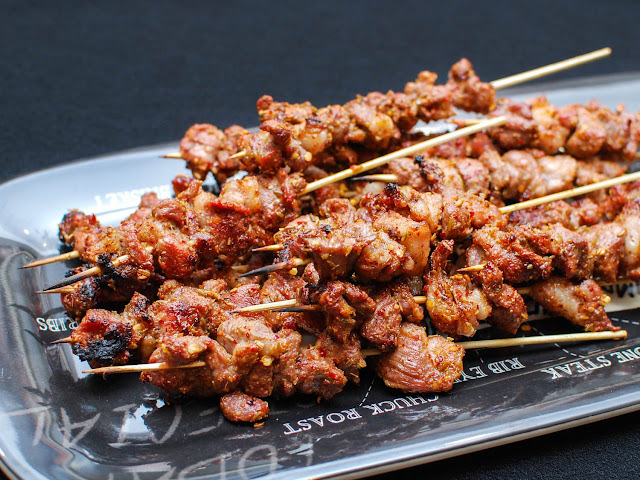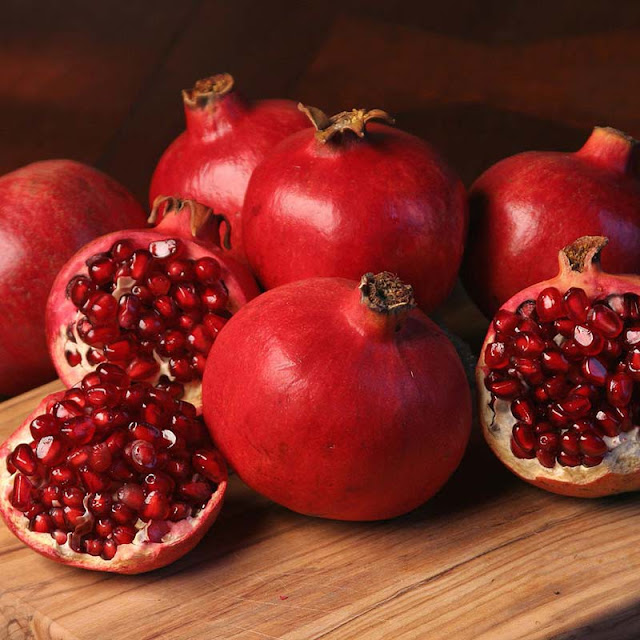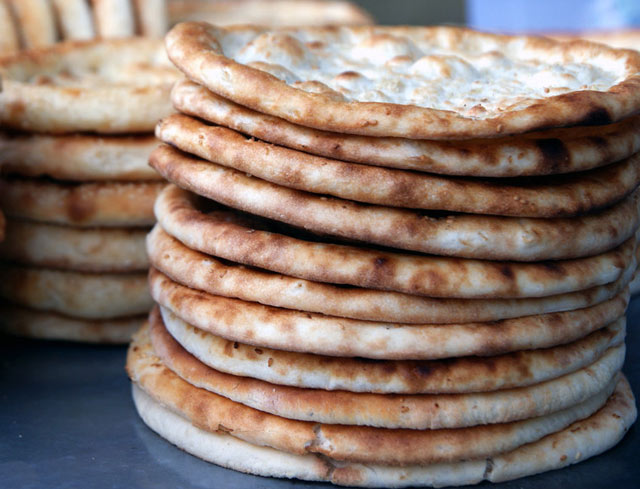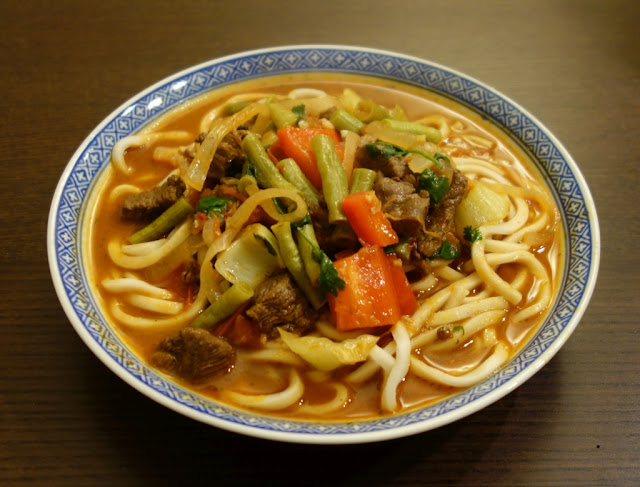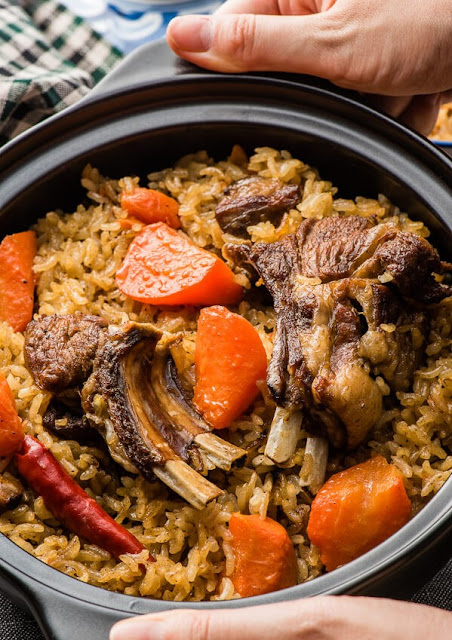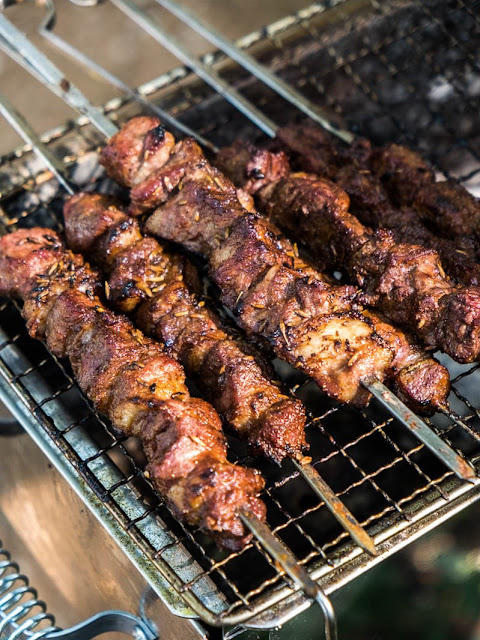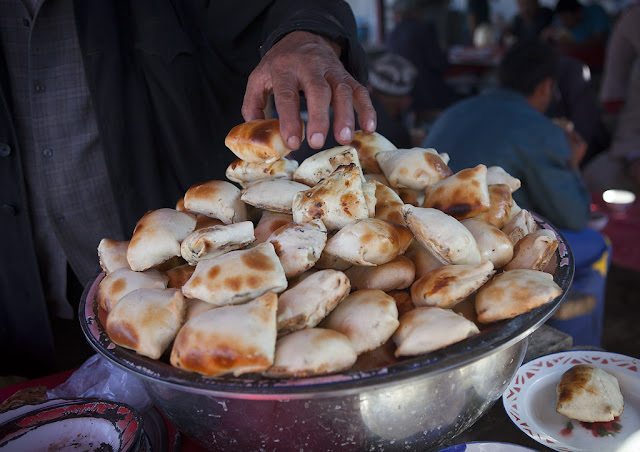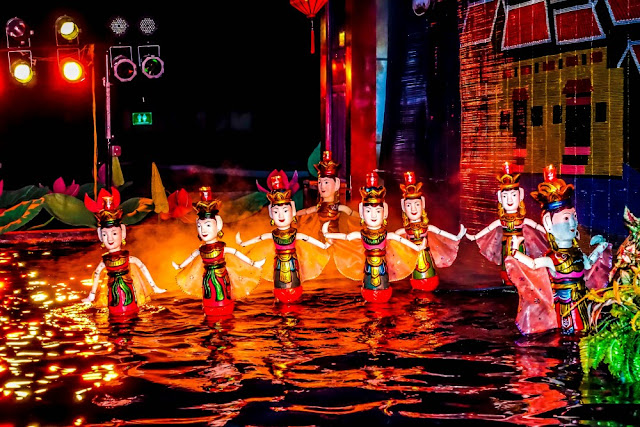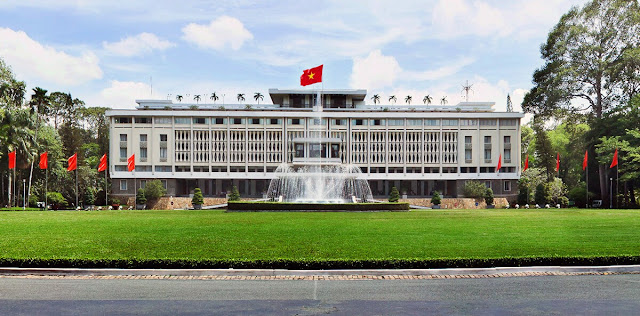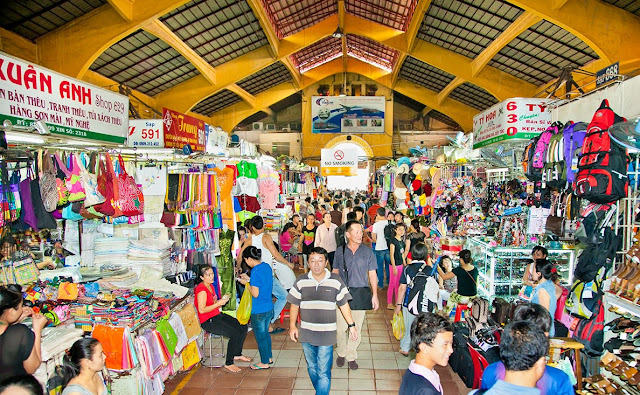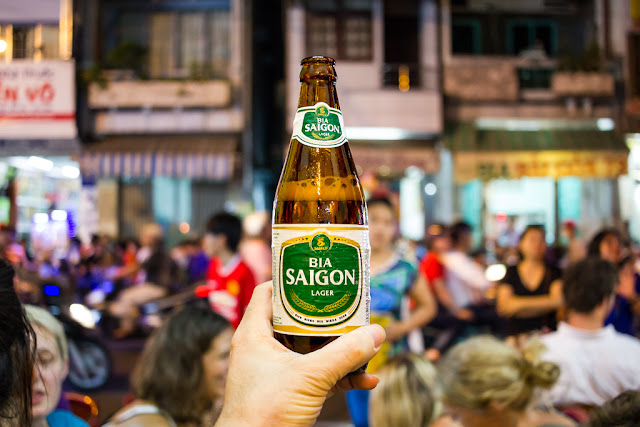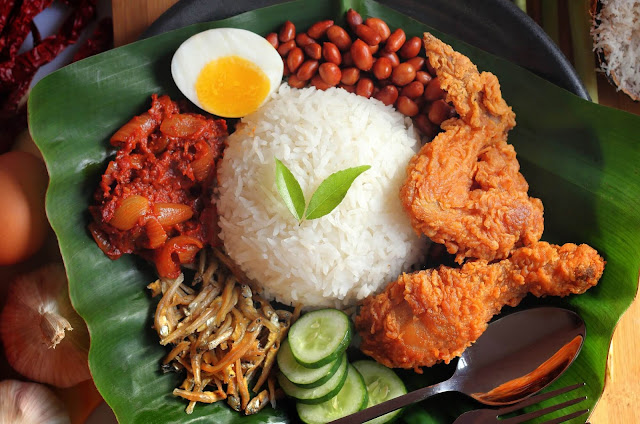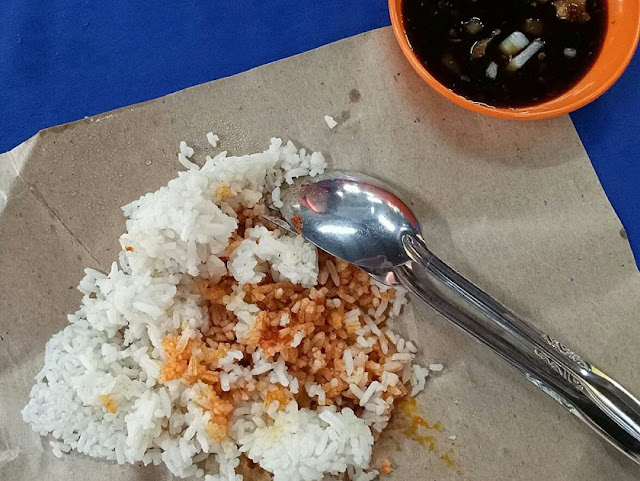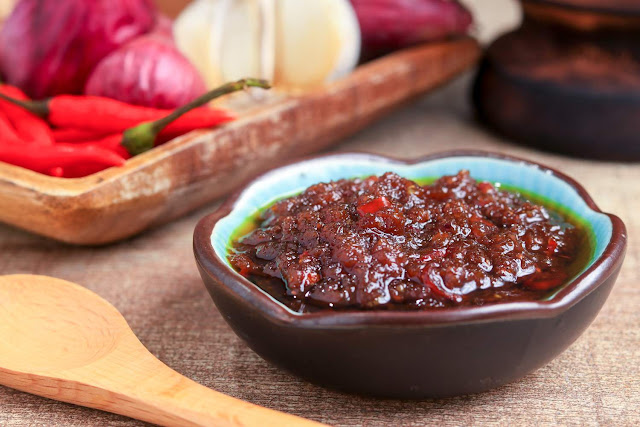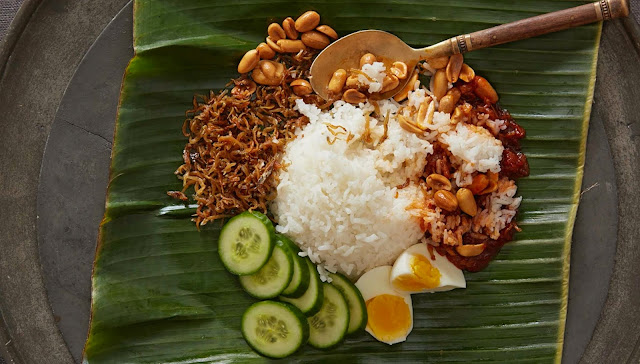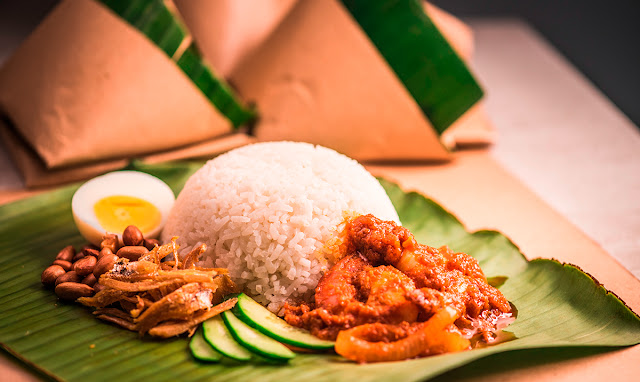Pomegranates
Pomegranates are in season in the late summer and fall months. You’ll find them piled up outside markets and are sold by the kilo.Naan Flatbread
These flatbreads are on sale throughout the region by small bread makers. Best bought warm, straight from the naan oven, they are a breakfast staple. Some are baked plain but you can also find some baked with cumin, salt, scallions or sesame seeds baked in. The bread is often decorated with traditional round circles.Leghman Noodles
The Xinjiang version of “lamian” is called leghman. Traditionally hand-pulled, they are first boiled and then topped with a stir-fry of different ingredients, depending on where you have them. Usually, the topping is a mix of vegetables and we ate them with mixes of tomatoes, peppers, onions, potatoes, and beans. They are not served in a soup but rather cooked and topped with the vegetable mix.Polu Rice Pilaf
Another very typical dish that you’ll find being sold often outside restaurants from an enormous wok-type dish is Xinjiang’s polu, or rice pilaf. This dish is made from cooked mutton along with onion and yellow carrots – a type of carrot I’ve only come across in Xinjiang. The meat and vegetables are cooked with some spices, including cumin, and then steamed along with the rice. Sometimes you’ll find raisins added in giving the dish a salty-sweet taste. This is a good dish to get to-go if you’re in a hurry. Most places that sell it will have plastic ware and they’ll pack you up a dish to go.Lamb and Mutton Skewers
Kawaplar is piled up on tables at every market. These skewers of mostly mutton meat and mutton fat are a staple in Xinjiang. Outside of the market, there will be a line of men selling grilled skewers from small stalls. Each little stall will have a table, a pile of pre-grilled skewers and an enormous electric fan that blows the billowing smoke from the charcoal grill away and into your face if you're not careful.The skewers are typically sprinkled with a mix of spices that includes some cumin and hot chili flakes. Pantomime that you don't want the spices if you don't like chili.
Samsa Mutton Dumplings
One of the most delicious foods we came across in Xinjiang were street-side Samsa. Baked in an oven similar to a naan-oven, these dumplings had a delicious mutton and onion filling. We ate them right as they came out of the oven.See more: Where to visit in Xinjiang, China
Source: tripsavvy
